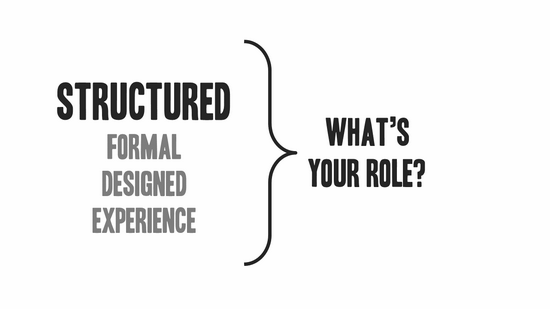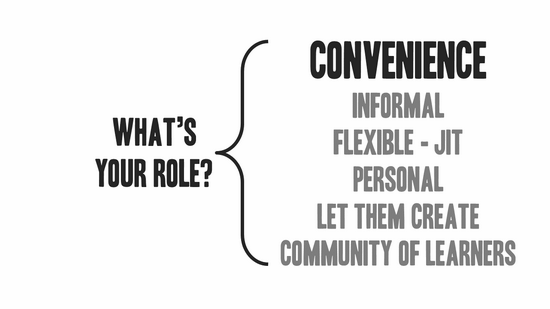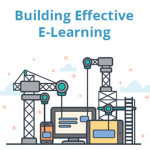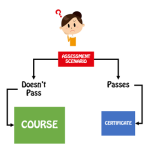
The other day I was at Costco about to buy something. But before I made the purchase, I got online to do some research….right there in the store. I learned enough to make an informed decision. In fact, I was so “informed” that I was able to provide some assistance to another shopper. Despite all of that, I’m no expert on the product, but I am expert enough to meet my own needs.
And this is the world our learners live in, as well. As they have a learning need, they can access what they need when they need it because technology has changed the role of today’s trainer (or at least part of it).
At the start of my career in training, most of the content required to learn wasn’t always easily obtained. Thus it did require some research, meetings with subject matter experts, and a formal training plan to build and deliver training. Otherwise, those on the other end wouldn’t be able to access what they needed.
Today, a lot of that has changed. With the Internet, we have access to all sorts of information. And we can get it at the time we need it. Gone are the days for much of the formal training we used to build. They took too long to build and deliver. And often were hard to maintain.
Does it mean there’s no need for trainers? No! But it does mean the role is a bit different.
I like to think the new trainer has two areas of focus to ensure the training mission is complete:
- Structured training
- Convenient training
The Role of the Structured Trainer

I see this as more of the traditional role of trainer where you meet with content owners, understand their needs, and put together a training plan. It’s designed to create a specific learning experience to meet a specific goal.
There’s a lot of value in a formal training process. A well-designed training plan can speed up the time to learn and mitigate potential issues. For example, many people have access to content, but it doesn’t mean the content is vetted or compliant with the organization’s needs.
On top of that, compliance and regulatory training often has to have specific content and be delivered a certain way. In those cases, the structure is important.
The Role of the Convenient Trainer

This is where most people are. They have needs, they research them, and then do something with what they’ve learned. Does it means they’ve become experts? No. But it does mean they’ve gotten enough to do what they need to do.
So what’s your role in this world?
- Curate content. Just because we can find information doesn’t mean it’s always relevant. And it takes time to find it. The trainer is a conduit to the content expert. Curate important information and make it easily available to those who need it.
- Build a network of learners. A community is built around a shared interest and desire to grow in expertise. Find ways to connect learners so they can communicate, share, and learn from each other.
- Keep it informal. This is usually where it breaks down. Organizations (and trainers) want structure and control. Thus, it’s hard to let things flow without imposing a bunch of organizational mumbo jumbo.
There’s a place for formal, structured training (see above) and there’s a place to keep it more organic. Organic allows people to choose the content that best serves their needs.
The two roles aren’t an either-or proposition. It’s not one way over the other. It’s just the reality that formal training doesn’t always have to be the plan. And a good training initiative builds on the informal aspects of learning and sees its trainers as part community managers who bring content and people together.
Events
Free E-Learning Resources


















0
comments